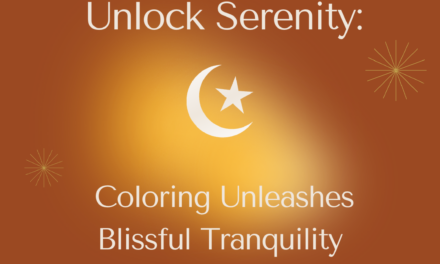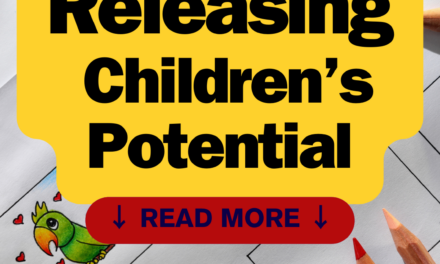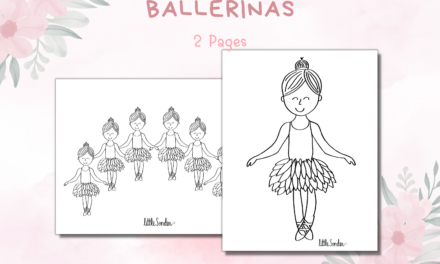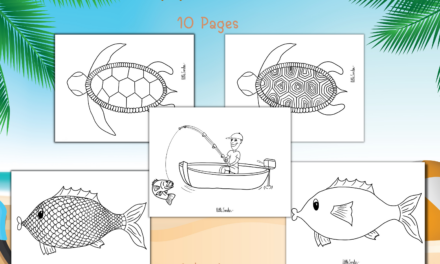Dive into the Captivating Realm of Color Theory!
Coloring is a wonderful way for young children to express themselves and unleash their creativity. However, understanding color theory can also be beneficial in creating aesthetically pleasing and balanced artworks. In this blog post, we will cover the basics of color theory and how it can be applied to coloring.
What is Color Theory?
Color theory is the study of how colors interact with each other and the visual effects they create. Understanding color theory can help artists create harmonious and eye-catching works of art. There are three primary colors, red, yellow, and blue, which cannot be created by mixing other colors. Secondary colors, green, orange, and purple, are created by mixing two primary colors. Tertiary colors, such as red-orange or blue-green, are created by mixing a primary and a secondary color.
Color Harmonies
Color harmonies refer to color combinations that are aesthetically pleasing to the eye. There are several different types of color harmonies, including complementary, analogous, and triadic. Complementary colors are colors that are opposite each other on the color wheel, such as red and green or blue and orange. Analogous colors are colors that are next to each other on the color wheel, such as blue and green or yellow and orange. Triadic colors are three colors that are evenly spaced on the color wheel, such as red, yellow, and blue.
Color Psychology
Colors can also have psychological effects on people. For example, red is often associated with energy and passion, while blue is associated with calmness and serenity. Understanding color psychology can help artists convey certain emotions or moods in their artwork.
For more information:
Discover Unique and Intricate Tessellation Patterns to Color
🖍️ Tessellation Patterns Mean Endless Coloring Fun
Susi & Sawyer are two kids who love to color. And with this packet of tessellations they’re ready to advance their coloring skills. Even mom and dad will want to join in the fun. Tessellations, Mandala, call them what you want these symmetrical coloring pages remind us of Escher’s works or even the simple joy of stain glass.




